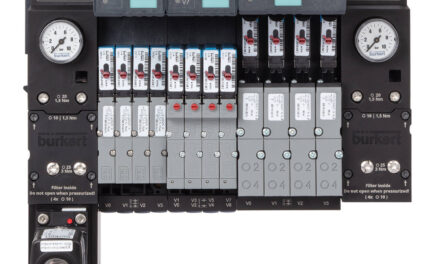EEMUA 241 – Guidance on the presence and operation of portable self-energised electrical/electronic devices in potentially explosive atmospheres (gas and dust) – is a practical guide for managing the presence and use of portable self-energised electrical and electronic devices within potentially explosive atmospheres. It provides a structured approach which can be followed by site personnel supervising and managing the presence and use of these devices on a day-to-day basis.
Whilst equipment used in areas with potentially explosive atmospheres should be Ex certified, in recent years there has been an increase in the use of non-certified portable self-energised electrical/electronic devices. These include items such as fitness monitors, medical devices, hand-held computers and smart phones. Some of these devices have sufficient energy levels such that they can produce an ignition source.
EEMUA 241 focuses on the management of four key types of portable self-energised electrical and electronic devices: Ex certified devices (e.g. a safety torch); non-Ex certified devices, but which are below the energy level needed to produce a source of ignition (e.g. a watch powered by a single non-rechargeable button cell); non-Ex certified devices which may have sufficient energy to produce a source of ignition but whose use has been assessed as being non-dangerous (e.g. a cardiac pacemaker); and non-Ex certified devices which have sufficient energy to produce a source of ignition and whose use has been assessed as potentially dangerous (e.g. a rechargeable battery powered drill).
The ignition source could occur when the device is: used normally; used abnormally; maintained (such as batteries being changed); or damaged (such as it being dropped). If these devices are brought into a hazardous area containing a potentially explosive atmosphere (either from gas, vapour, mist or dust), there is a risk that they could provide an ignition source leading to an explosion.
The guidance provided in EEMUA 241 only covers electrical ignition risks from self-energised devices (including those powered by extra-low voltage) and only considers industrial facilities.
The new practical guide is jointly published by EEMUA and the Energy Institute. Digital and print editions are available to buy via the EEMUA online Shop.






